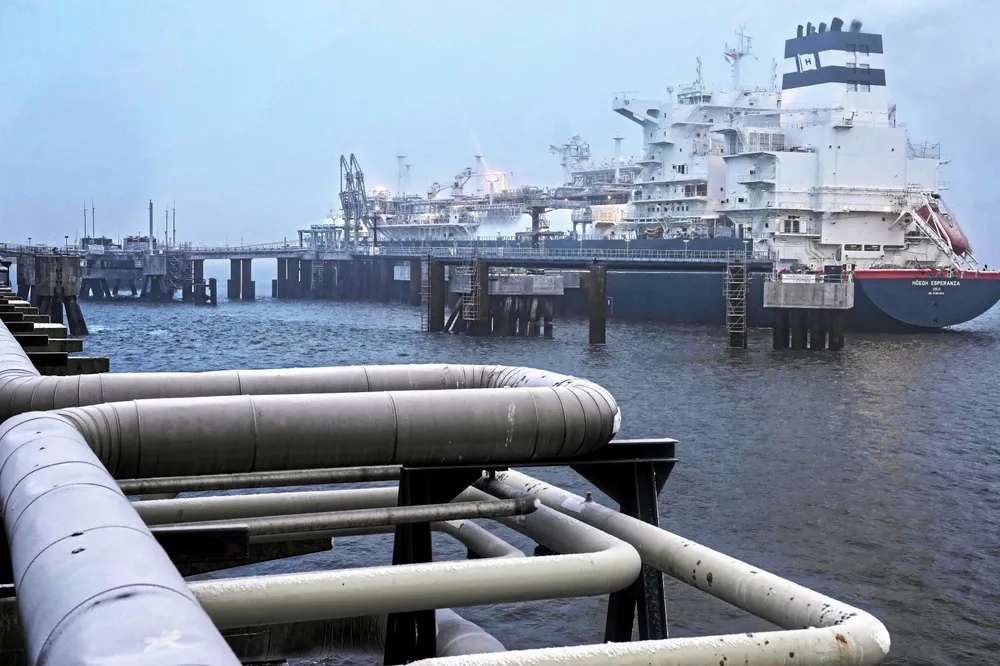BP unveils plan for green hydrogen terminal in Germany that would import ammonia and crack it back to H2
The oil giant would use the proposed facility in Wilhelmshaven to import green NH3 from its own international portfolio of renewable hydrogen projects
